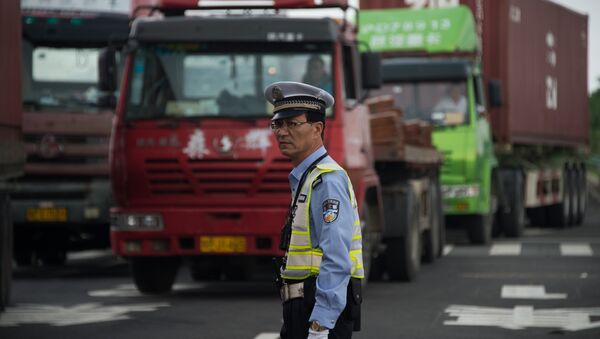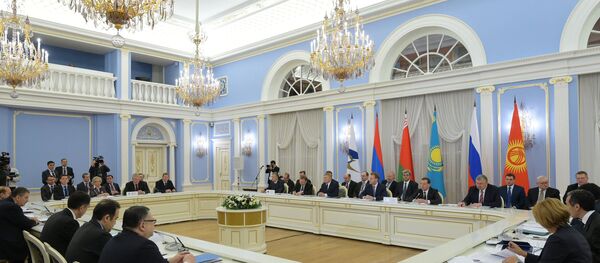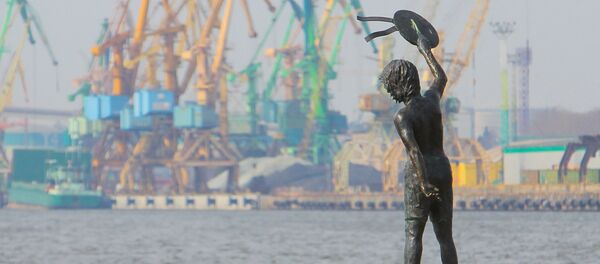The initiative includes several transit corridors from western China to Europe which can be divided into three groups – the Northern Route, Sea Route, and the Southern Route.
The Northern Route is considered the most promising among the others. It would go via Kazakhstan and Russia. The Sea Route would include transit routes via Kazakhstan as well as ports of the Caspian Sea for transit to Turkey. The Southern Route would bypass Russia via Kyrgyzstan, Uzbekistan, Turkmenistan, Iran and Pakistan with an access to the Indian Ocean.
According to analysts, switching from traditional sea routes to land transportation will take time. So, potential transit countries would try to attract Chinese investments to modernize their inland transportation infrastructure.
In order to reduce costs, China may move production closer the border with Kazakhstan or even across the border, Sultan Ahmed bin Sulayem, CEO of DP World, said during the recent Astana Economic Forum.
Astana wants to be the key part of the Silk Road transportation chain. Bin Sulayem proposed that final assembly of Chinese-produced goods should be established in Kazakhstan. There are also plans for building transportation hubs in the country to consolidate and distribute shipments of Chinese products, Regnum news agency reported.
What is more, integration is planned between the New Silk Road and the Eurasian Economic Union (EEU), comprising Russia, Belarus and Kazakhstan.
In May, it was reported that the EEU was reading for talks with China on a trade and economic agreement. Currently, the union is considering a project to integrate both initiatives, establishing a common market.
Estonia, Latvia and Lithuania sent high-ranking governmental delegations to a recent forum in Astana.
Estonia wants to attract investments as a transit state in close proximity to Finland and other Scandinavian countries. Among the main advantages of working with Estonia are warm water ports, modern terminals and qualified personnel.
The Baltics also have the same railway gauge as Russia and Kazakhstan which would facilitate their integration into the New Silk Road infrastructure.





